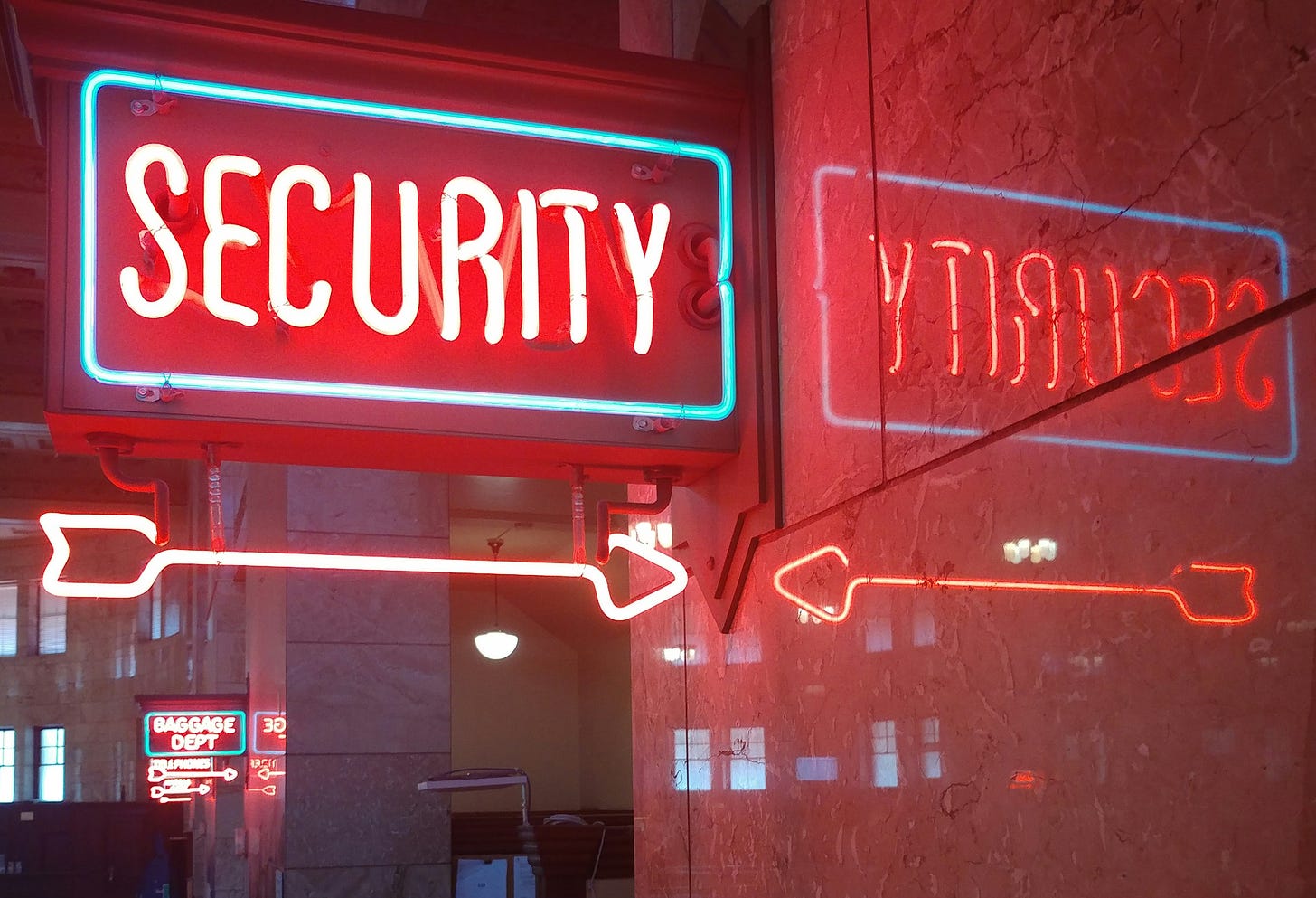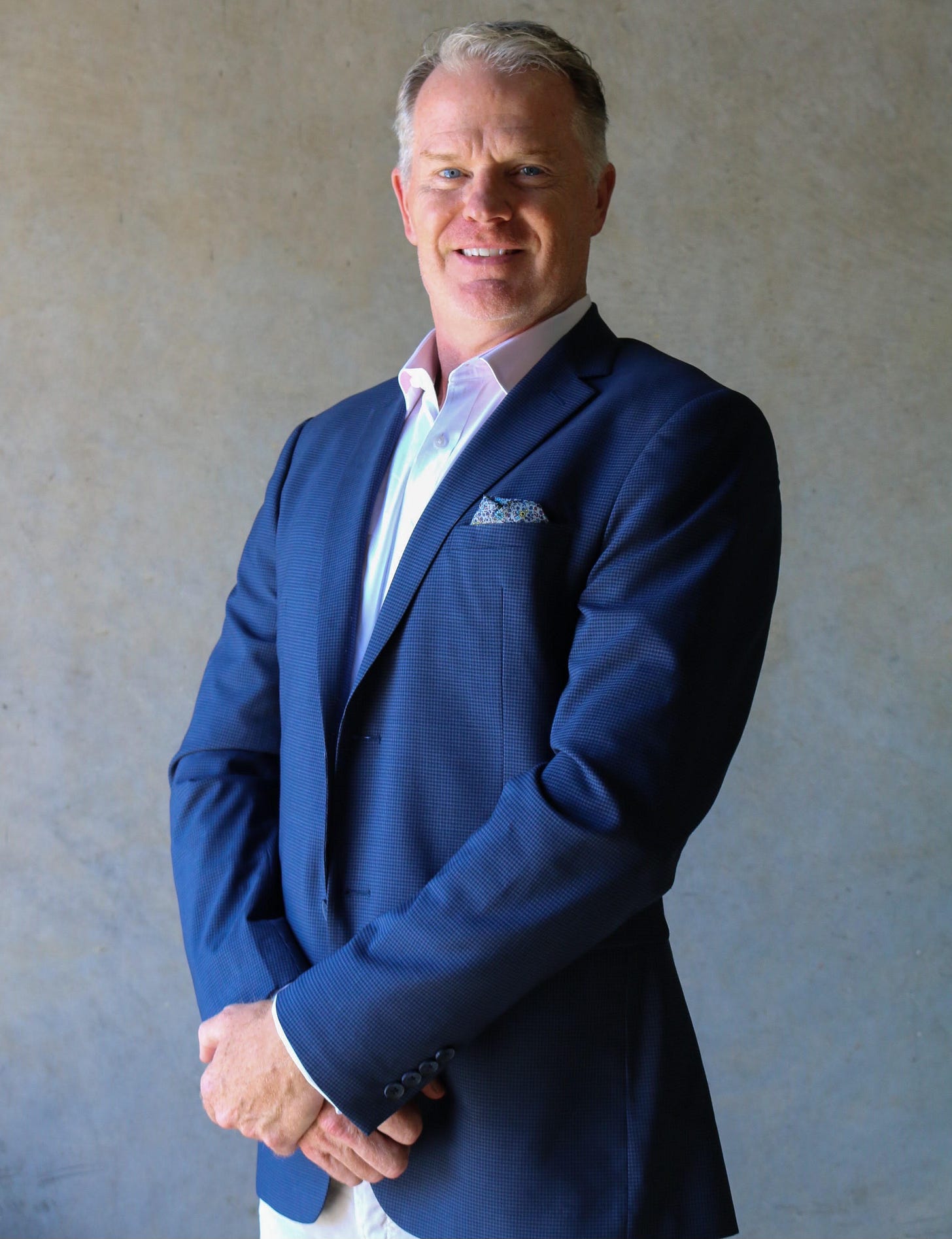AI Threat Detection in Healthcare and Beyond
How can AI transform hospital security while improving patient and staff experiences?
Peter Evans is the Chief Executive Officer of Xtract One Technologies, a company specializing in AI-based threat detection and security solutions. He has over 25 years of experience in digital transformation and innovation within high-growth technology sectors. Evans has held CEO roles at four technology companies and has overseen revenue growth, profitability improvements, and multiple liquidity events. Before joining Xtract One, he held senior positions at technology and security firms, including IBM, where he contributed to the strategic direction of the Internet Security Systems division, focusing on security considerations related to cloud computing, telecommunications, and mobile technologies.
Scott Douglas Jacobsen: What led to the selection of Xtract One’s Gateway for deployment at Manitoba’s Health Sciences Centre and Crisis Response Centre?
Peter Evans: Manitoba Health conducted a thorough evaluation where they tested multiple security solutions. Xtract One Gateway demonstrated strong performance during its pilot across various hospital locations.
Healthcare environments create unique security challenges. Patients arrive in distress, staff need efficient movement between areas, and the setting must remain welcoming. During the pilot, Gateway showed it could handle these complexities effectively while maintaining appropriate security levels.
We worked collaboratively with HSC staff throughout the process. Their emergency department deals with situations different from those of the Crisis Response Centre, requiring tailored approaches for each location. Our willingness to adapt to their specific needs, combined with Gateway's performance in testing, influenced their final decision.
Jacobsen: How does the system ensure robust threat detection while also maintaining a comfortable and seamless experience for patients, staff, and visitors?
Evans: Xtract One Gateway allows people to walk through naturally without removing items from their pockets or bags. Our AI algorithms distinguish between potential threats and everyday items like laptops, tablets, notebooks, keys, and phones. False alerts are decreased significantly, preventing unnecessary invasiveness and delays for patients.
With Gateway, healthcare staff spend less time managing security processes and more time focusing on patient care. The system prevents entrance bottlenecks, which is important for emergency departments where delays could affect clinical outcomes.
Jacobsen: How does Gateway distinguish between potential weapons and everyday personal items?
Evans: Xtract One Gateway combines advanced sensor technology with AI algorithms to create what we call "threat signatures." The system analyzes object characteristics and then compares them against a library of known threat profiles.
We've trained our AI on millions of data points representing both threats and common personal belongings. The system continuously improves through machine learning, becoming more accurate over time.
For HSC specifically, we determined sensitivity settings to match and balance their security profile, patient experience, and operational flow.
Jacobsen: What operational improvements are expected in hospitals with this implementation?
Evans: Enhanced safety without operational bottlenecks stands as the primary benefit. Traditional security often creates entry delays that negatively impact patient experience and potentially clinical outcomes.
Xtract One Gateway delivers faster processing while maintaining security coverage. Emergency departments operate more efficiently, staff focus on patient care rather than security procedures, and the atmosphere remains conducive to healing.
Security staffing requirements decrease, as well. Gateway's precision in identifying actual threats allows personnel deployment to more strategic roles instead of conducting manual searches or managing security lines. This is particularly valuable given current healthcare staffing challenges.
Jacobsen: How do Canadian Occupational Safety and Health Agency and the Ontario Nurses' Association statistics make the need for advanced security solutions urgent in healthcare?
Evans: Statistics from the Ontario Nurses' Association reveal that up to 85% of nurses have experienced workplace violence. Canadian Occupational Safety and Health Agency data confirms healthcare workers face some of the highest violence rates across industries.
These numbers have continued trending upward in recent years. Healthcare workers, dedicated to healing others, increasingly become targets of violence. Manitoba Nurses Union president Darlene Jackson noted that frontline staff felt "much safer" with our detectors in place.
Real people experience trauma in their workplace when these incidents occur. Staff safety affects everything from retention rates to quality of care. Advanced security solutions like Gateway create environments where healthcare professionals can focus primarily on patient care.
Jacobsen: How does Gateway improve screening times and reduce the need for separate bag searches at entry points?
Evans: Xtract One Gateway fundamentally changes the screening paradigm. Traditional security approaches require people to empty pockets, remove items from bags, or undergo separate screening processes for carried items. This creates significant delays, requires additional staffing, and often creates an unwelcoming atmosphere.
Our Gateway system allows individuals to walk through naturally while carrying their belongings. The AI-powered detection can scan both the person and their bags and backpacks simultaneously, identifying potential threats while distinguishing harmless personal items like laptops, tablets, and phones. In most cases, this eliminates the need for separate bag searches.
In terms of actual numbers, we typically see processing times that are significantly faster than traditional metal detector and bag search combinations. This means that healthcare facility patients can simply walk-right-in, while the hospital maintains effective security coverage.
Jacobsen: What other industries can benefit from AI threat detection systems?
Evans: While healthcare facilities represent an important application of our technology, we're seeing adoption across numerous sectors where safety concerns must be balanced with operational efficiency and visitor experience.
Sports and entertainment venues have been early adopters, and educational institutions from K-12 to universities are increasingly implementing these solutions to protect students and staff. What's interesting is how the technology is being adapted to meet the unique needs of each environment. In corporate settings, it might focus on protecting intellectual property as much as people. In schools, it needs to accommodate high-volume morning entry of students carrying educational technology. The flexibility of AI-based systems like our Gateway means we can customize solutions for virtually any environment where safety and security are priorities.
Jacobsen: Thank you for the opportunity and your time, Peter.
–
Xtract One Technologies is a top provider of AI-powered threat detection and security solutions designed to create safe, seamless entry experiences. Its discreet, non-invasive Gateway systems allow facility operators to identify weapons and threats at entry and exit points without slowing foot traffic. Focused on enhancing “Walk-right-In” convenience, Xtract One supports diverse environments, including schools, hospitals, arenas, stadiums, manufacturing sites, and distribution centers. Known for blending advanced security with user-friendly design, the company leads the market in providing safety without compromising experience. Xtract One’s cutting-edge solutions reflect its commitment to innovation, efficiency, and protection across high-traffic, high-security venues.
Scott Douglas Jacobsen is a Writer and Editor for A Further Inquiry. He is the publisher of In-Sight Publishing (ISBN: 978-1-0692343) and Editor-in-Chief of In-Sight: Interviews (ISSN: 2369-6885). He writes for The Good Men Project,International Policy Digest (ISSN: 2332–9416), The Humanist (Print: ISSN 0018-7399; Online: ISSN 2163-3576), Basic Income Earth Network (UK Registered Charity 1177066), A Further Inquiry, and other media. He is a member in good standing of numerous media organizations.
Photo by Peter Conrad on Unsplash






